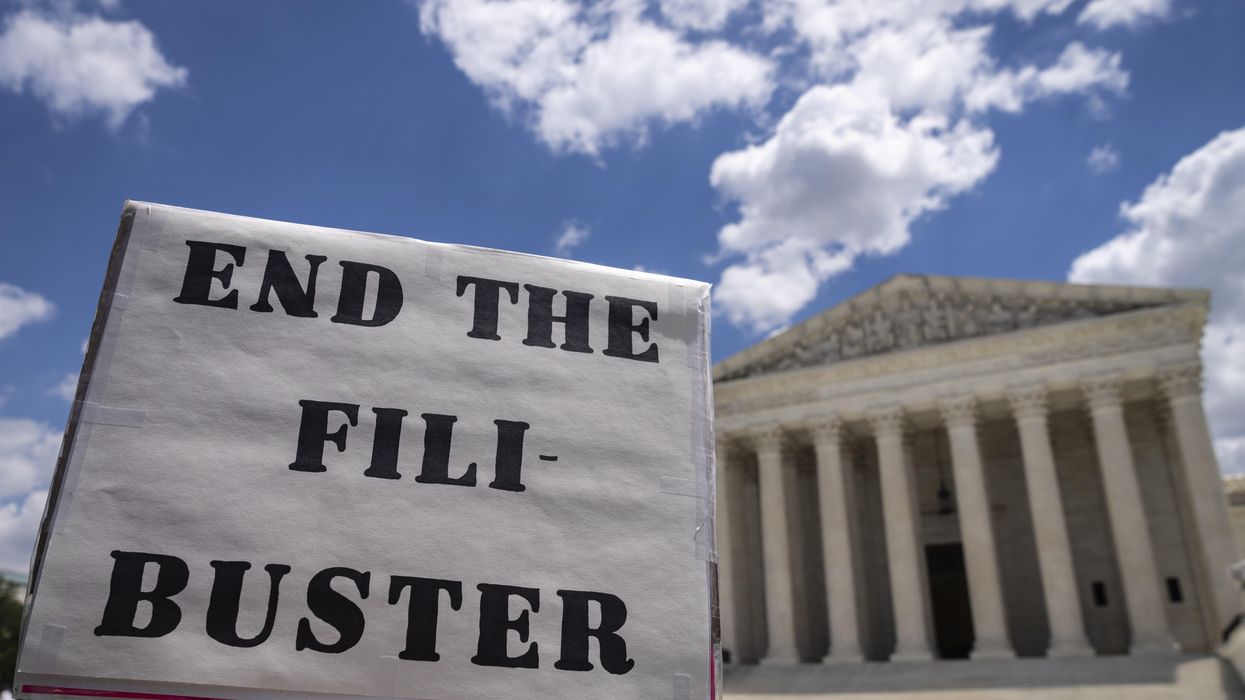What is Trump’s administration doing to eliminate achievement gaps between minorities, English learners, socioeconomically disadvantaged students, and children with learning disabilities? Arguably, the administration is promoting policies that worsen these issues. The Department of Education (DOE) has expressed concerns about data representing the declining academic outcomes of these subgroups, but it continues to pursue policies that have proven ineffective and detrimental.
The curricula and subjects taught are being adapted to prepare students for the workforce and provide them with skills to succeed. For example, schools are promoting AI literacy and preparing students for an AI workforce, but the administration is not addressing the needs of students with learning disabilities and varying limitations. Large Language Models (i.e., ChatGPT) generate responses based on datasets of neurotypical users, which do not accommodate individuals with dyslexia and challenges with reading comprehension. Additionally, voice models are not optimized for users with non-standard speech patterns. Students with non-verbal learning disabilities also struggle to interpret AI language, which uses abstract phrasing and indirect expressions, and people with ASD excel with more concrete language and visual supports.
On July 22, Secretary of Education Linda McMahon released a letter on leveraging federal grants for teaching AI as a supplement to the education of students who are “gifted and talented.” This reflects the commonly expressed sentiments within the administration that students with disabilities or learning challenges have less potential to excel in school or have successful, meaningful lives. For example, RFK's widely circulated, debunked, and inaccurate claim about people with autism, that “they’ll never hold a job. They’ll never play baseball. They’ll never go on a date. Many of them will never use a toilet unassisted.”
The Every Student Succeeds Act (ESSA) placed a one percent cap on students with learning disabilities who could take an alternative assessment; however, states have discretion to weigh subgroup testing scores lower than those of non-disadvantaged students when reporting school performance. Furthermore, Trump signed a CRA that repealed the accountability provisions in the Elementary and Secondary Education Act (ESEA). Previously, when states were expected to exceed the one percent cap on students taking alternative tests, they were required to submit waivers with plans to address subgroups that were disproportionately taking the alternate assessments and report to the Secretary the percentage of learning-disabled children in their districts; states requesting extension waivers were required to demonstrate progress toward achieving the milestones previously detailed in their plans. The CRA eliminated federal guidelines classifying who qualifies as “learning-disabled,” states could now independently set criteria for determining proficiency standards, and they were not required to intervene when there were persistent achievement gaps. Waivers have been granted more leniently, and a greater number of underperforming students have been classified as having learning disabilities. These measures, which weigh underperforming students less than their higher-achieving counterparts, do not require states to address barriers to education for minorities and subgroups, perpetuating educational inequality and structural barriers to receiving an equitable education.
The CRAs signed by Trump in 2017 have already negatively affected underperforming subgroups, such as minorities and Special ED students. The Nation’s Report Card shows that the performance of lower and middle-percentile K-12 students is declining in math, English, and reading. The DOE classifies performance in three categories: Basic, Proficient, and Advanced. In 2022, English learners and students with disabilities both scored below basic in mathematics; scores were lower in 2024. Black and Hispanic students scored less than basic. Even the 75th percentile of students with low socioeconomic status barely met the standards for basic learning outcomes. The same holds in English and civics, as well as other classes.
In response to these concerning disparities, the DOE is extending these ineffective policies. The Office of Elementary and Secondary Education released a statement on July 29, transferring more decision-making power to the states. According to the statement, states can now apply for four-year waivers (and extensions), implement alternative assessments in some schools or Local Education Agencies (oversight agencies that monitor public schools), and create entirely new schooling systems, such as microschools or classical schools (education often rooted in Christianity, teaching languages such as Greek or Latin, and studying classical philosophy). Congress must respond to protect underperforming groups and maintain national proficiency standards, define substantially similar curricula across states, and intervene when state policies are failing to address achievement gaps.
The Trump administration's response has worsened the already failing model of extending state control to address the underperformance of subgroups. Congress and representatives at the state and national levels must raise awareness about these alarming policies and take action to counteract their negative effects.
Luke Harris is an op-ed author who writes about the US, UK, and international politics, policy, and culture. He has been published in outlets like the North American Anglican and the Conservative Woman.


















